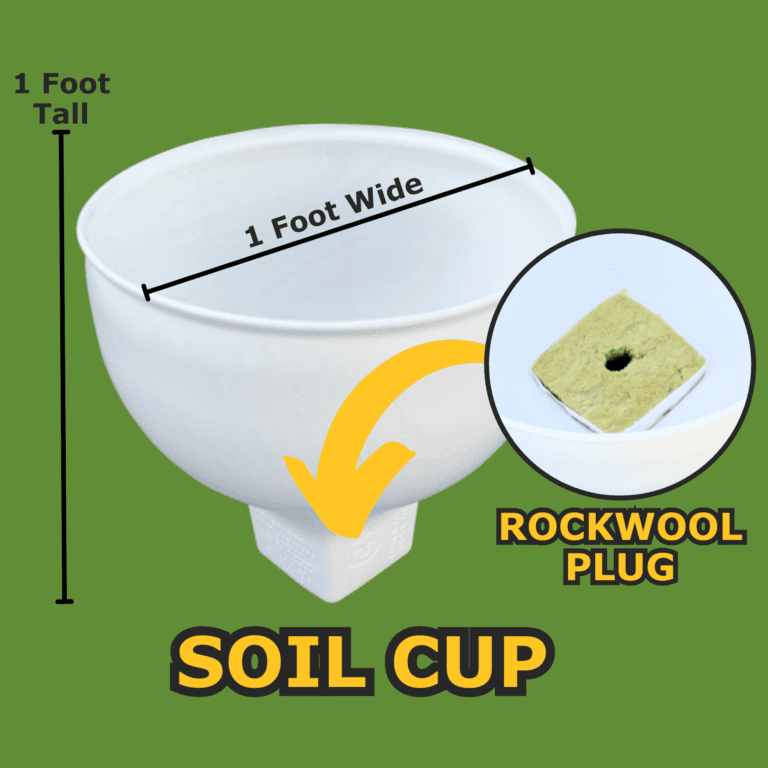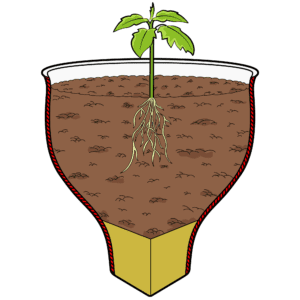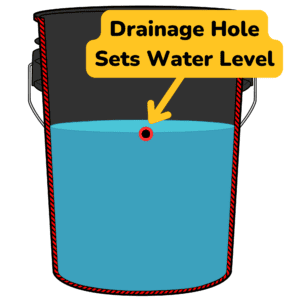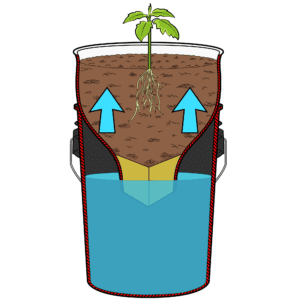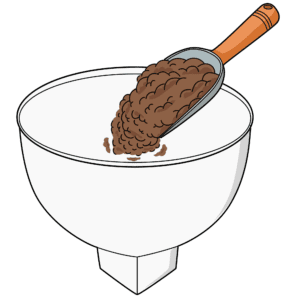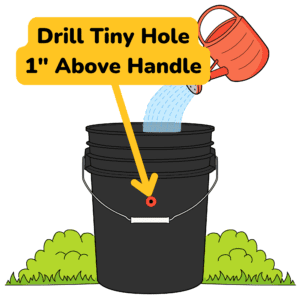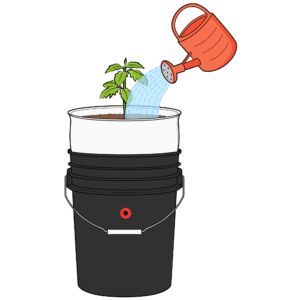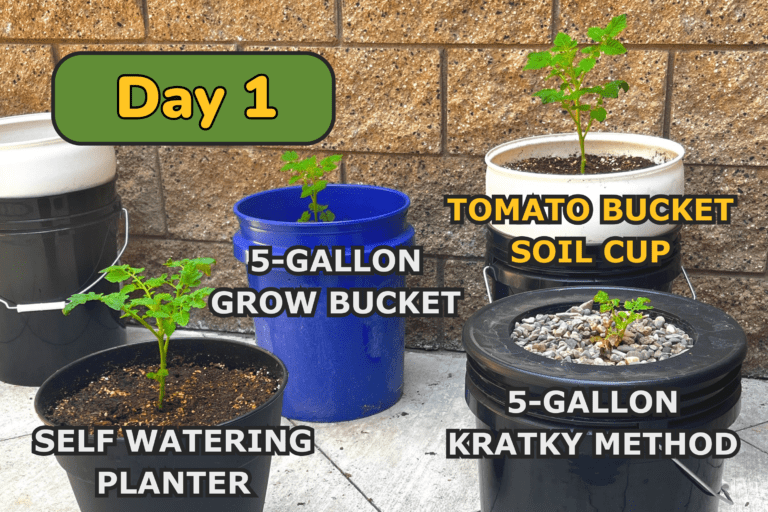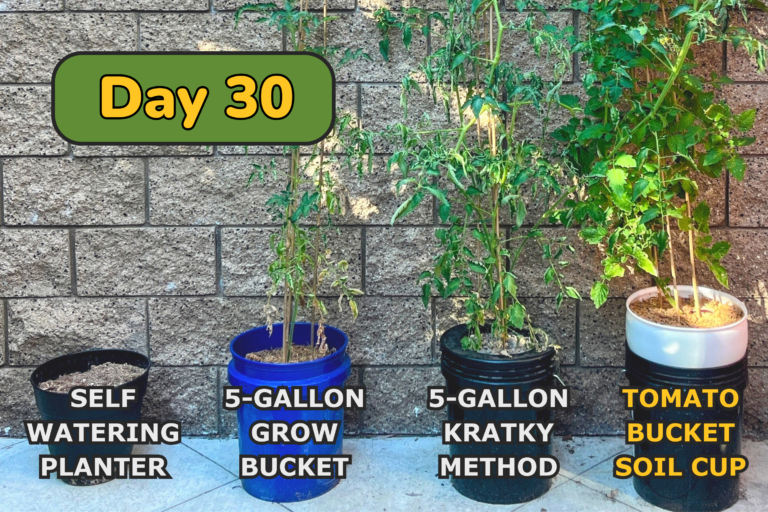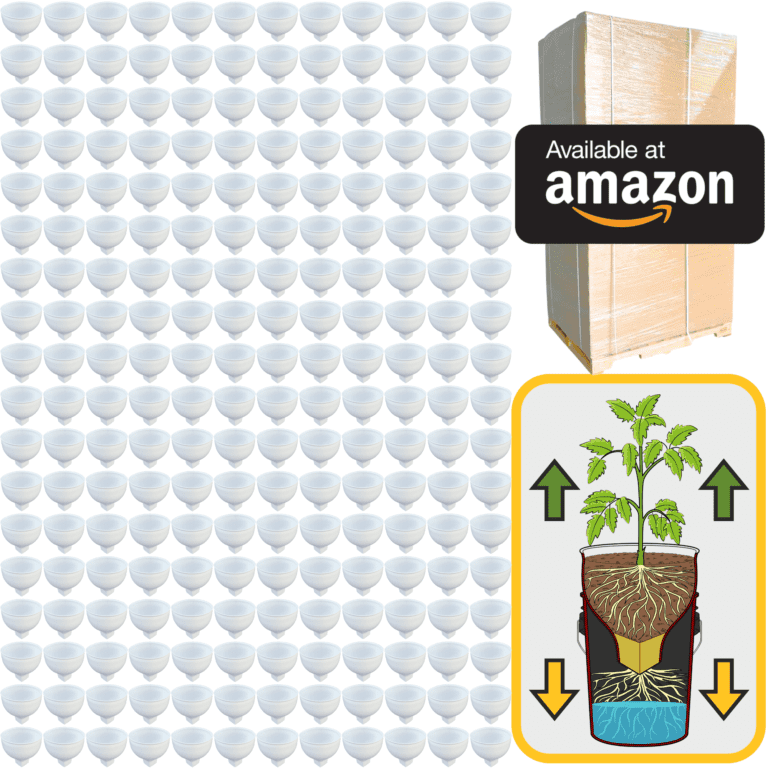Number 10: Sweet Potatoes: The Long-Season Treasure of the Garden
Sweet potatoes may take a bit longer to harvest, typically around 90 to 120 days after planting, but the wait is worth it. These hearty tubers thrive in Zone 8’s warm climate, requiring full sun and well-drained, sandy soil enriched with organic matter for the best results. Their sprawling vines can cover a lot of ground, so be prepared for a bit of space.
Regular watering is essential during the growing season, especially in the initial stages. Sweet potatoes prefer consistently moist soil, but be careful not to overwater, as this can lead to rot. A balanced fertilizer at planting can encourage healthy growth, but be cautious with nitrogen; too much can lead to lush foliage with fewer tubers. Ideal growing temperatures range from 65°F to 95°F. Keep an eye out for pests like sweet potato weevils; regular inspections and crop rotation can help manage these pests effectively. Space your slips about 12 to 18 inches apart to allow for vine growth. Pruning is minimal, but removing excess foliage can improve air circulation. Mulching helps retain moisture and suppress weeds, while companion planting with beans can enhance growth.
Number 9: Cowpeas: The Resilient Legume for a Hot Summer
Cowpeas, also known as black-eyed peas, are a fantastic choice for summer planting in Zone Number 8: They typically take about 70 to 90 days to reach maturity. These resilient plants thrive in full sun and are well-adapted to hot, dry conditions, making them perfect for summer gardens.
Plant your cowpeas in well-drained soil that has been enriched with organic matter for optimal growth. Regular watering is important, especially during dry spells; they prefer consistently moist soil. A light application of fertilizer, particularly phosphorus, can support root development. Ideal temperatures for cowpeas range from 70°F to 95°F. Be mindful of pests such as aphids and leafhoppers; using row covers can provide effective protection. Space your cowpea seeds about 2 to 4 inches apart and thin them to allow for proper airflow. Pruning is minimal, but regular harvesting encourages the plants to produce more. Mulching helps retain soil moisture and suppress weeds, while companion planting with corn can enhance growth and provide mutual benefits.
Number 8: Okra: A Southern Favorite for the Summer Heat
Okra is a quintessential southern vegetable that loves the warm weather of Zone Number 8: You can expect to start harvesting okra about 50 to 65 days after planting. This heat-loving plant thrives in full sun and prefers well-drained, sandy soil enriched with organic matter.
Regular watering is essential, especially during dry spells; okra needs consistent moisture to produce tender pods. A balanced fertilizer applied at planting time will help promote healthy growth, but too much nitrogen can lead to excessive foliage with fewer pods. Ideal temperatures for okra range from 70°F to 95°F. Be vigilant about pests such as aphids and flea beetles; hand-picking and organic insecticides can help manage these pests effectively. Space your okra plants about 12 to 18 inches apart to allow for proper growth. Pruning is minimal, but regular harvesting will encourage the plant to produce more. Mulching helps retain moisture and suppress weeds, while companion planting with peppers can enhance growth.
Number 7: Eggplant: The Versatile Nightshade of Summer Gardens
Eggplant is a favorite summer vegetable that thrives in the warm conditions of Zone Number 8: You can expect to start harvesting eggplant about 70 to 80 days after transplanting. These sun-loving plants prefer well-drained, fertile soil and benefit from full sun exposure.
Regular watering is crucial for eggplants, especially during dry spells; they prefer consistently moist soil to produce juicy fruits. A balanced fertilizer applied every few weeks will support healthy growth and fruit production. Eggplants thrive best at temperatures between 70°F and 85°F. Be cautious of cold temperatures, as they do not tolerate frost well. Watch for pests like aphids and spider mites; introducing beneficial insects like ladybugs can help control these pests effectively. Space your eggplant plants about 18 to 24 inches apart to allow for ample growth. Pruning is minimal, but removing suckers can improve air circulation and encourage larger fruit. Mulching helps retain moisture and suppress weeds, while companion planting with peppers can enhance growth.
Number 6: Melons: The Sweet Reward of Summer
Melons, including varieties like cantaloupe and watermelon, are a delightful summer treat that flourishes in Zone Number 8: You can expect to start harvesting melons about 70 to 90 days after planting, depending on the variety. These sun-loving plants thrive in full sunlight and require well-drained, fertile soil for optimal growth.
Regular watering is essential, especially during the fruit development phase; melons need consistent moisture to grow sweet and juicy. A balanced fertilizer applied at planting will help promote healthy growth, but be cautious not to over-fertilize. Ideal temperatures for melons range from 70°F to 90°F. Watch for pests like aphids and cucumber beetles; hand-picking and organic insecticides can help manage these pests effectively. Space your melon plants about 3 to 4 feet apart, as they require plenty of room to spread. Pruning is minimal, but regular harvesting will encourage the plants to produce more. Mulching helps retain moisture and suppress weeds, while companion planting with corn can enhance growth.
Number 5: Southern Peas: A Nutritious Addition to Your Summer Garden
Southern peas, also known as field peas or cowpeas, are a nutritious and versatile crop that thrives in the summer heat of Zone Number 8: You can expect to begin harvesting Southern peas about 60 to 90 days after planting, depending on the variety. These legumes prefer full sun and are well-suited to warm, well-drained soil.
Regular watering is important, especially during dry spells; Southern peas thrive in consistently moist conditions. A light application of fertilizer, particularly phosphorus, will support healthy root development. Ideal temperatures for these peas range from 70°F to 95°F. Be mindful of pests such as aphids and leafhoppers; using row covers can provide effective protection. Space your seeds about 2 to 4 inches apart, and thin them out to allow for proper growth. Pruning is minimal, but regular harvesting encourages more production. Mulching helps retain soil moisture and suppress weeds, while companion planting with corn can enhance growth.
Number 4: Hot Peppers: A Fiery Addition to Summer Meals
Hot peppers are a summer staple that adds spice and flavor to countless dishes. You can expect to start harvesting hot peppers about 70 to 90 days after transplanting. These heat-loving plants thrive in full sun and prefer well-drained, fertile soil.
Regular watering is essential for hot peppers; they need consistent moisture, especially during dry spells, to produce plump fruits. A balanced fertilizer applied at planting will support healthy growth. Hot peppers thrive best at temperatures between 70°F and 90°F. Keep an eye out for pests like aphids and spider mites; introducing beneficial insects can help keep these pests at bay. Space your hot pepper plants about 18 to 24 inches apart to allow for adequate growth. Pruning is minimal; simply harvest the peppers regularly to encourage further production. Mulching helps retain soil moisture and suppress weeds, while companion planting with tomatoes can enhance flavor and growth.
Number 3: Basil: The Aromatic Herb of Summer Dishes
Basil is a must-have herb in any summer garden, especially in Zone Number 8: You can expect to start harvesting basil leaves about 60 days after planting. This aromatic herb loves full sun and thrives in well-drained, fertile soil enriched with organic matter.
Regular watering is important; basil prefers consistently moist soil, but be careful not to overwater, as this can lead to root rot. A balanced fertilizer applied every few weeks will support robust growth and leaf production. Basil grows best at temperatures between 70°F and 90°F. Be vigilant for pests like aphids and whiteflies; using insecticidal soap can effectively manage these nuisances. Space your basil plants about 12 inches apart to allow for adequate growth. Pruning is beneficial; regularly pinching off the tops of the plants encourages bushier growth and more leaves. Mulching helps retain moisture and suppress weeds, while companion planting with tomatoes can enhance flavor and growth.
Number 2: Sweet Corn: The Classic Summer Favorite
Sweet corn is a beloved summer crop that thrives in the warm weather of Zone Number 8: You can expect to start harvesting sweet corn about 70 to 100 days after planting, depending on the variety. These tall plants love full sun and require well-drained, fertile soil for optimal growth.
Regular watering is crucial for sweet corn, especially during dry spells; corn needs consistent moisture to develop sweet, juicy ears. A balanced fertilizer applied at planting will promote healthy growth and good ear development. Sweet corn grows best at temperatures between 60°F and 95°F. Watch for pests like corn earworms and aphids; using row covers can provide effective protection against these pests. Space your corn seeds about 6 to 12 inches apart to allow for proper airflow. Pruning is minimal; simply harvest the ears when they are plump and before the silk turns brown. Mulching helps retain moisture and suppress weeds, while companion planting with beans or squash can provide mutual benefits.
Number 1: Tomatoes: The Crown Jewel of the Summer Garden
Tomatoes are often regarded as the star of the summer garden, especially in Zone 8, where they thrive in warm temperatures. You can expect to begin harvesting tomatoes about 70 to 100 days after transplanting, depending on the variety. These beloved plants require full sun for at least 6 to 8 hours daily and should be watered deeply and consistently to keep the soil evenly moist.
For tomatoes, soil quality is crucial; they prefer rich, loamy soil with excellent drainage. Adding compost is a fantastic way to boost soil fertility. Fertilize with a balanced option when planting, then switch to a low-nitrogen fertilizer once the plants start to set fruit. Ideal temperatures for tomato growth are between 70°F and 85°F. Keep an eye out for pests such as aphids, whiteflies, and hornworms; introducing beneficial insects like ladybugs can help manage these pests effectively. Space your tomato plants about 24 to 36 inches apart and provide support structures like cages or stakes to keep them upright. Pruning suckers can encourage better air circulation and fruit production, while mulching helps retain soil moisture and suppress weeds. Companion planting with basil or marigolds can enhance growth and deter pests, making your garden vibrant and productive.
Gardening in Zone 8 during the summer offers a wealth of opportunities for growing delicious herbs and vegetables. Each of these crops brings unique flavors and benefits to your meals, creating a bountiful and satisfying summer garden. Embrace the joy of growing your food, and happy gardening!

